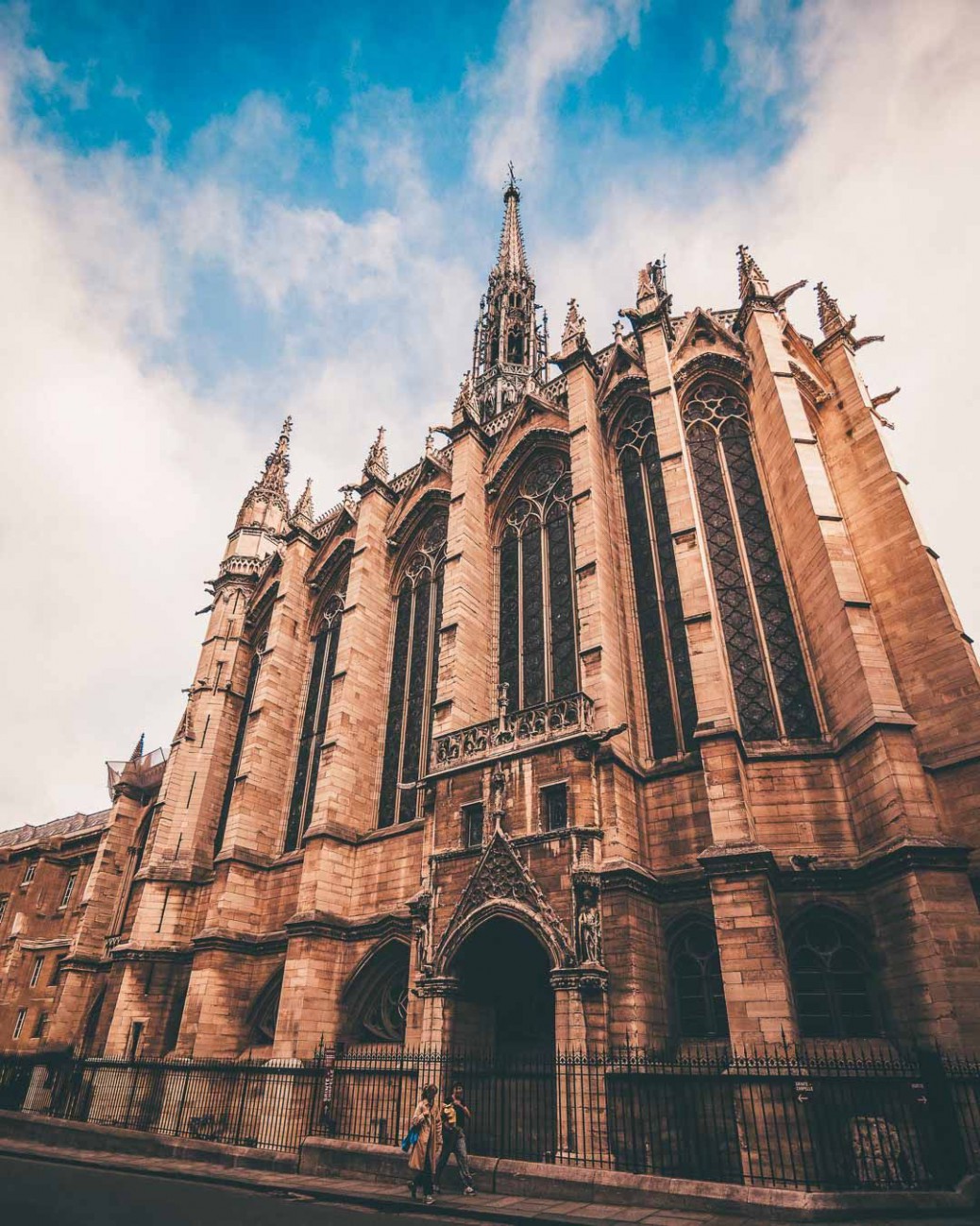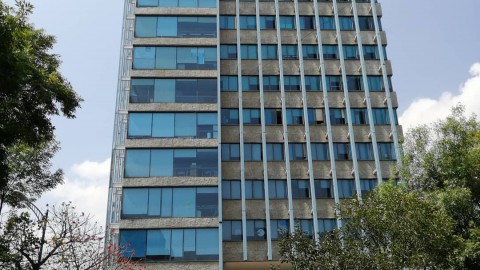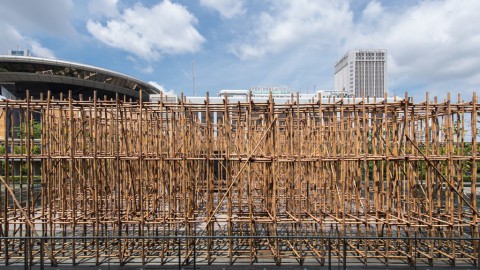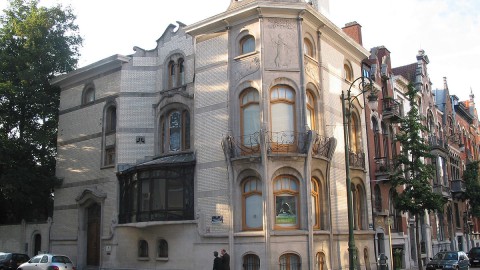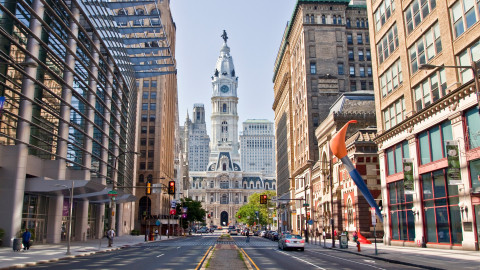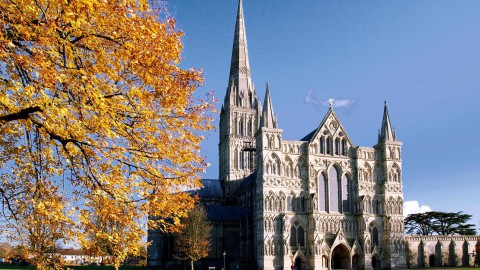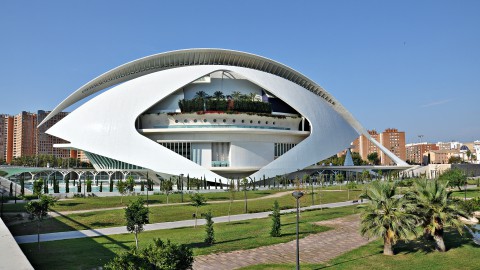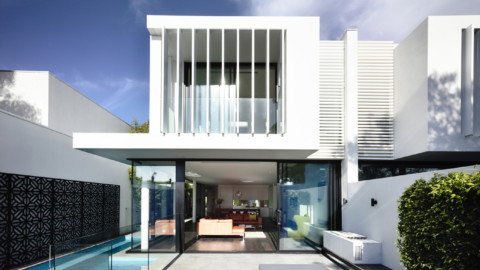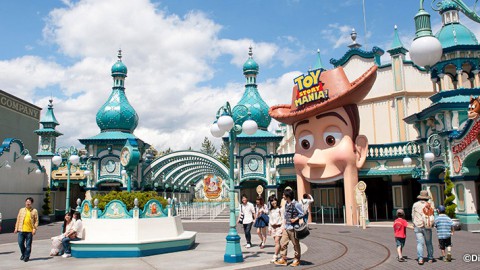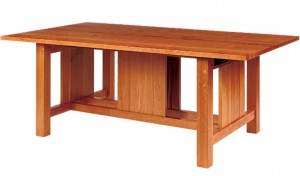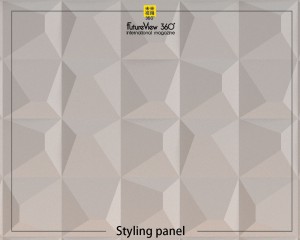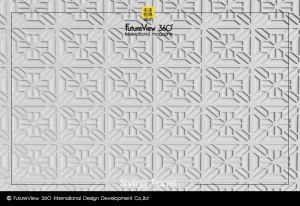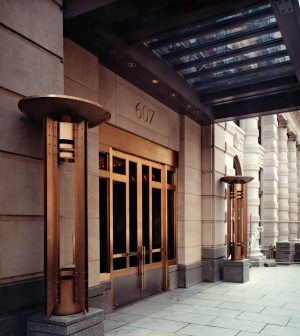Sainte-Chapelle 聖禮拜堂
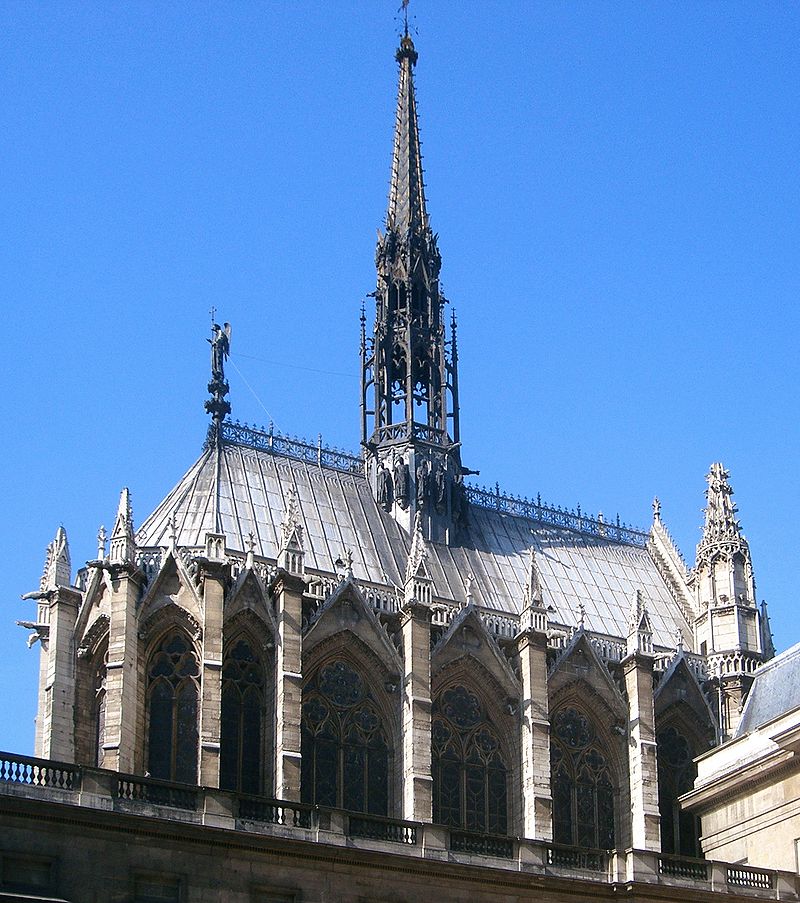
The Sainte-Chapelle (French pronunciation: [sɛ̃t ʃapɛl], Holy Chapel) is a royal chapel in the Gothic style, within the medieval Palais de la Cité, the residence of the Kings of France until the 14th century, on the Île de la Cité in the River Seine in Paris, France.
Construction began some time after 1238 and the chapel was consecrated on 26 April 1248. The Sainte-Chapelle is considered among the highest achievements of the Rayonnant period of Gothic architecture. It was commissioned by King Louis IX of France to house his collection of Passion relics, including Christ’s Crown of Thorns – one of the most important relics in medieval Christendom, later hosted in the nearby Notre-Dame Cathedral until the 2019 fire, which it survived.
Along with the Conciergerie, the Sainte-Chapelle is one of the earliest surviving buildings of the Capetian royal palace on the Île de la Cité. Although damaged during the French Revolution, and restored in the 19th century, it has one of the most extensive 13th-century stained glass collections anywhere in the world.
Sainte-Chapelle(法語發音:[sɛtʃapɛl],Holy Chapel)是哥特式的皇家禮拜堂,位於法國國王宮的中世紀宮殿內,直到14世紀,位於Îlede laCité位於法國巴黎的塞納河畔。
建於1238年後開始施工,教堂於1248年4月26日開始供奉.Sainte-Chapelle被認為是哥特式建築中Rayonnant時期的最高成就。它由法國國王路易九世委託收藏他的Passion遺物,包括基督的荊棘王冠 – 中世紀基督教世界最重要的遺物之一,後來在附近的巴黎圣母院大教堂舉行,直到2019年的火災,它倖存下來。
Sétete-Chapelle與Conciergerie一起,是ÎledelaCité上Capetian皇宮最早倖存的建築之一。雖然在法國大革命期間遭到破壞,並在19世紀得到恢復,但它擁有世界上最廣泛的13世紀彩色玻璃收藏品之一。
Religion
Affiliation:Catholic Church
Province:Archdiocese of Paris
Region:Île-de-France
Rite:Roman Rite
Status:Secularized since French Revolution
Location
State:France
Geographic coordinates:48°51′19″N 2°20′42″ECoordinates: 48°51′19″N 2°20′42″E
Architecture
Type:Parish church
Style:French gothic
Groundbreaking:1242
Completed:1248
宗教
隸屬:天主教會
省:巴黎大主教管區
地區:法蘭西島
儀式:羅馬儀式
現狀:法國大革命後的世俗化
地點
國家:法國
地理坐標:48°51’19“N 2°20’42”ECoordinates:48°51’19“N 2°20’42”E
建築
類型:教區教堂
風格:法國哥特式
開工:1242
完成:1248
History
The Sainte-Chapelle or “Holy Chapel”, in the courtyard of the royal palace on the Île de la Cité (now part of a later administrative complex known as La Conciergerie), was built to house Louis IX’s collection of relics of Christ, which included the Crown of Thorns, the Image of Edessa and some thirty other items. Louis purchased his Passion relics from Baldwin II, the Latin emperor at Constantinople, for the sum of 135,000 livres, though this money was actually paid to the Venetians, to whom the relics had been pawned. The relics arrived in Paris in August 1239, carried from Venice by two Dominican friars. Upon arrival, King Louis hosted a week-long celebratory reception for the relics. For the final stage of their journey they were carried by the King himself, barefoot and dressed as a penitent, a scene depicted in the Relics of the Passion window on the south side of the chapel. The relics were stored in a large and elaborate silver chest, the Grand-Chasse, on which Louis spent a further 100,000 livres. The entire chapel, by contrast, cost 40,000 livres to build and glaze. Until it was completed in 1248, the relics were housed at chapels at the Château de Vincennes and a specially built chapel at the Château de Saint-Germain-en-Laye. In 1246, fragments of the True Cross and the Holy Lance were added to Louis’ collection, along with other relics. The chapel was consecrated on 26 April 1248 and Louis’ relics were moved to their new home with great ceremony.
As well as serving as a place of worship, the Sainte-Chapelle played an important role in the political and cultural ambitions of King Louis and his successors. With the imperial throne at Constantinople occupied by a mere Count of Flanders and with the Holy Roman Empire in uneasy disarray, Louis’ artistic and architectural patronage helped to position him as the central monarch of western Christendom, the Sainte-Chapelle fitting into a long tradition of prestigious palace chapels. Just as the Emperor could pass privately from his palace into the Hagia Sophia in Constantinople, so now Louis could pass directly from his palace into the Sainte-Chapelle. More importantly, the two-story palace chapel had obvious similarities to Charlemagne’s palatine chapel at Aachen (built 792–805)—a parallel that Louis was keen to exploit in presenting himself as a worthy successor to the first Holy Roman Emperor.
歷史
Sainte-Chapelle或“聖禮拜堂”,位於ÎledelaCité皇家宮殿的庭院中(現在是後來被稱為La Conciergerie的行政大樓的一部分),用於收藏路易九世的基督遺物,包括荊棘王冠,埃德薩的形象和其他三十件物品。路易斯從君士坦丁堡的拉丁皇帝鮑德溫二世購買了他的Passion遺物,總價值為135,000里弗,儘管這筆錢實際上是支付給威尼斯人的,這些遺物已經被遺棄給了威尼斯人。這些遺物於1239年8月抵達巴黎,由威尼斯的兩名多米尼加修士帶來。抵達後,國王路易斯為這些文物舉辦了為期一周的慶祝招待會。在他們旅程的最後階段,他們由國王親自攜帶,赤腳穿著打扮成懺悔者,在教堂南側的“激情之窗”中描繪了一個場景。這些文物存放在一個大而精緻的銀色胸膛裡,Grand-Chasse,路易斯又花了10萬里弗。相比之下,整個小教堂的建造和釉面費用為40,000里弗。直到1248年完工,這些遺物被安置在ChâteaudeVincennes的教堂和聖日耳曼城堡的一座特別建造的小教堂內。 1246年,真實十字架和聖靈的碎片與其他文物一起被添加到路易斯的收藏品中。這座小教堂於1248年4月26日被奉獻,路易斯的遺物被送到他們的新家,儀式很棒。
除了作為禮拜場所之外,Sainte-Chapelle在路易王及其繼承者的政治和文化野心中發揮了重要作用。在君士坦丁堡的帝國王位被佛蘭德斯伯爵佔領,神聖羅馬帝國處於不安的混亂之中,路易斯的藝術和建築贊助使他成為西方基督教世界的中央君主,聖禮拜堂融入了悠久的傳統著名的宮廷禮拜堂。就像皇帝可以私下從他的宮殿進入君士坦丁堡的聖索非亞大教堂一樣,現在路易斯可以直接從他的宮殿進入聖禮拜堂。更重要的是,這座兩層樓的宮殿教堂與查謨大教堂在亞琛(建於792-805)的腭教堂有明顯的相似之處 – 這與路易斯熱衷於利用自己作為第一位神聖羅馬帝國皇帝的有價值的接班人一樣。
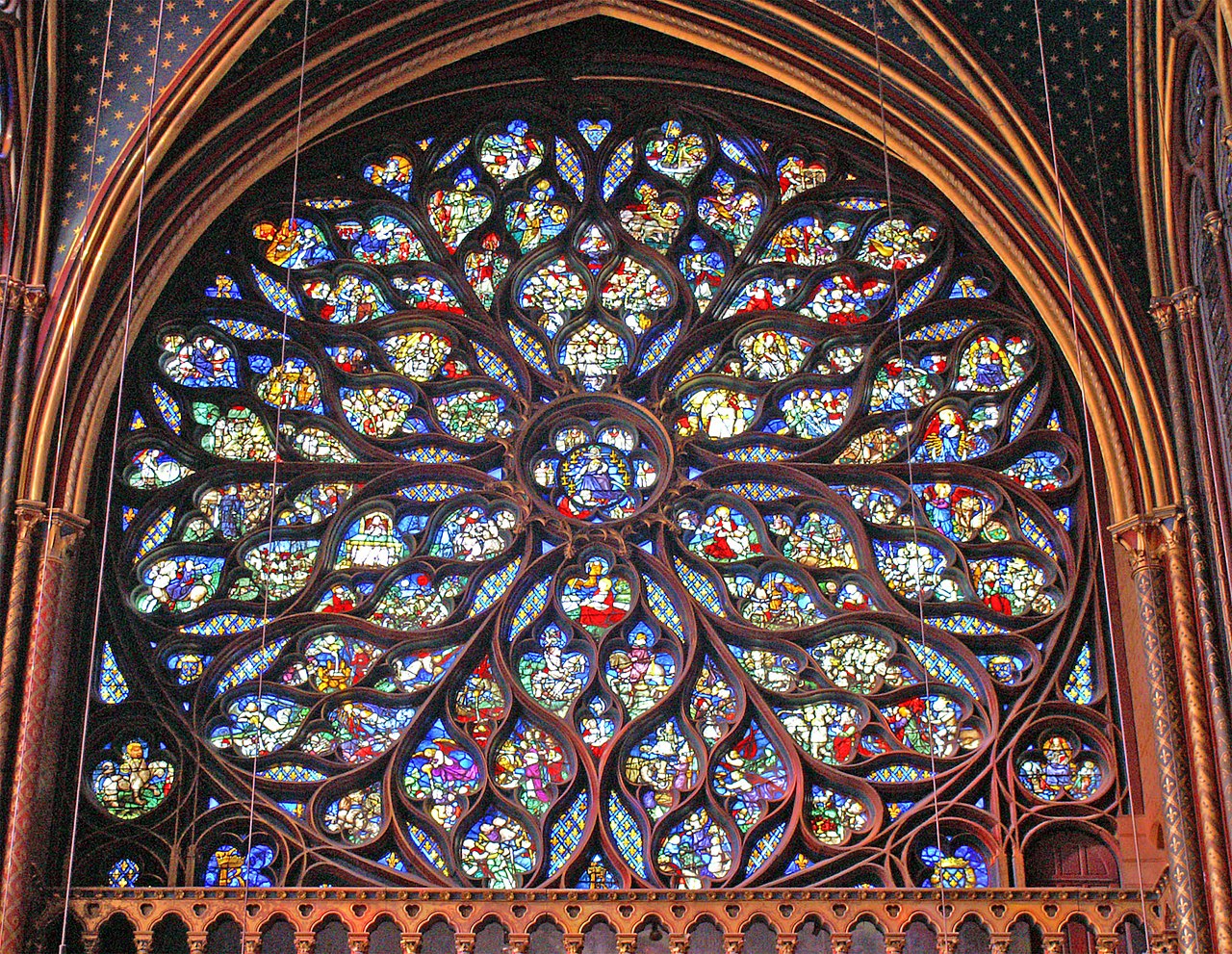
Architecture
The royal chapel is a prime example of the phase of Gothic architectural style called “Rayonnant”, marked by its sense of weightlessness and strong vertical emphasis. It stands squarely upon a lower chapel, which served as parish church for all the inhabitants of the palace, which was the seat of government. The king was later recognized as a saint by the Catholic Church. His title became Saint Louis.
建築
皇家禮拜堂是哥特式建築風格階段的典型代表,稱為“Rayonnant”,其特點是失重感和強烈的垂直重點。 它正好位於一個較低的小教堂,該小教堂是宮殿所有居民的教區教堂,也是政府所在地。 國王后來被天主教會認定為聖徒。 他的頭銜成了聖路易斯。
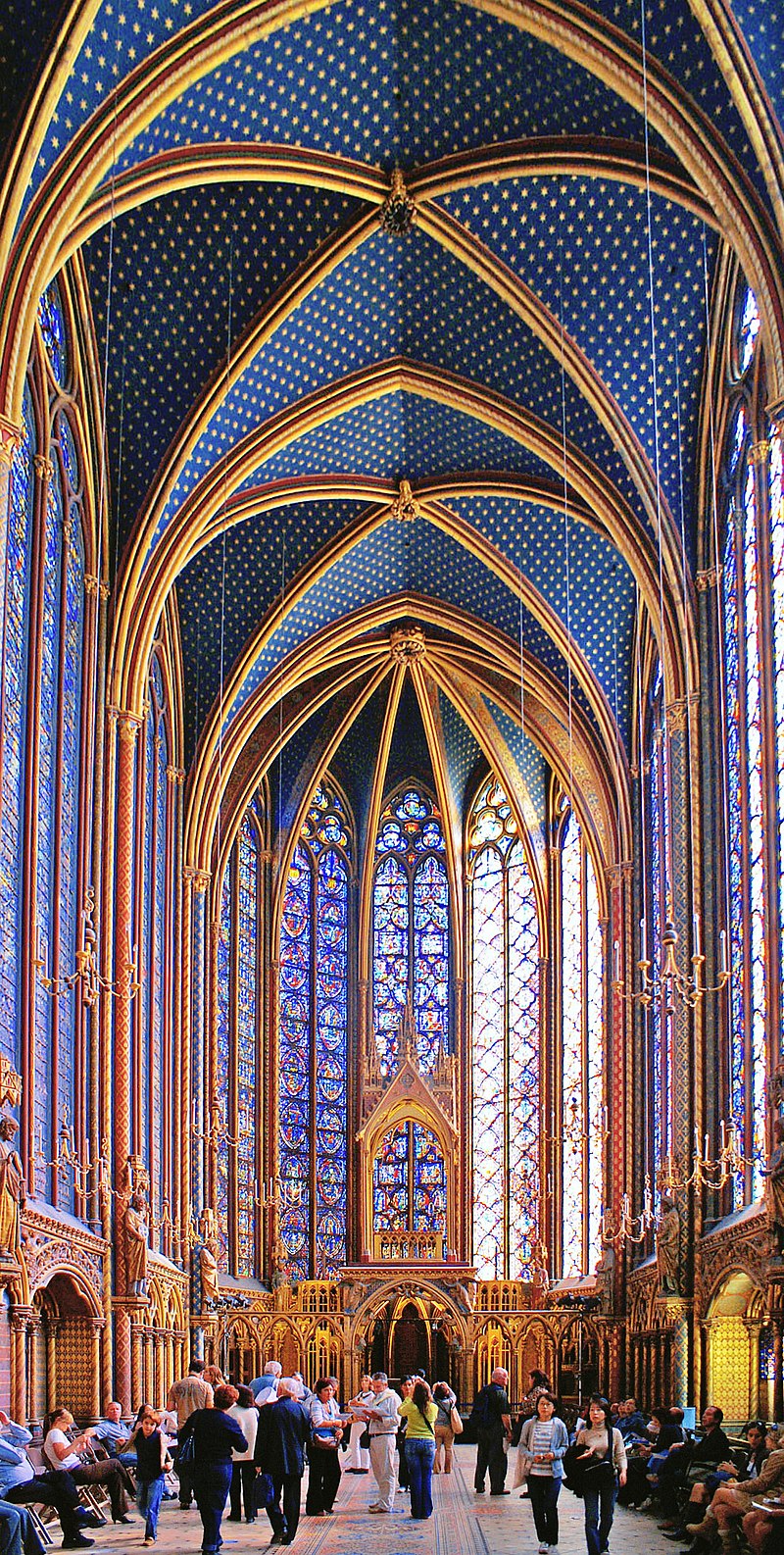
Exterior
The contemporary visitor entering the courtyard of the Royal Palace would have been met by the sight of a grand ceremonial staircase (the Grands Degres) to their right and the north flank and eastern apse of the Sainte-Chapelle to their left. The chapel exterior shows many of the typical characteristics of Rayonnant architecture—deep buttresses surmounted by pinnacles, crocketted gables around the roof-line and vast windows subdivided by bar tracery. The internal division into upper and lower chapels is clearly marked on the outside by a string-course, the lower walls pierced by smaller windows with a distinctive spherical triangle shape. Despite its decoration, the exterior is relatively simple and austere, devoid of flying buttresses or major sculpture and giving little hint of the richness within.
No designer-builder is named in the archives concerned with the construction. In the 19th century it was assumed (as with so many buildings of medieval Paris) to be the work of the master mason Pierre de Montreuil, who worked on the remodelling of the Royal Abbey of Saint-Denis and completed the south transept façade of Notre-Dame Cathedral in Paris. Modern scholarship rejects this attribution in favour of Jean de Chelles or Thomas de Cormont, while Robert Branner saw in the design the hand of an unidentified master mason from Amiens.
The Sainte-Chapelle’s most obvious architectural precursors include the apsidal chapels of Amiens Cathedral, which it resembles in its general form, and the Bishop’s Chapel (c. 1180s) of Noyon Cathedral, from which it borrowed the two-story design. As has often been argued however the major influence on its overall design seems to have come from contemporary metalwork, particularly the precious shrines and reliquaries made by Mosan goldsmiths.
外觀
進入皇宮庭院的當代遊客將會看到右側的大型禮儀樓梯(Grands Degres)以及左側的Sainte-Chapelle的北側和東側後殿。教堂的外觀展示了Rayonnant建築的許多典型特徵 – 深頂支柱,頂部是尖頂,屋頂線周圍的山牆和巨大的窗戶,由酒吧窗飾細分。上部和下部教堂的內部劃分在外面用繩子標記清楚地標記,下部牆壁由具有獨特球形三角形形狀的較小窗口刺穿。儘管它的裝飾,外觀相對簡單和朴素,沒有飛拱或主要雕塑,並沒有暗示內部的豐富。
在與構造相關的檔案中沒有命名設計者構建器。在19世紀,人們認為(與中世紀巴黎的許多建築物一樣)是傑克遜德蒙特勒伊大師的作品,他曾為聖丹尼斯皇家修道院進行改造,並完成了諾特的南部橫斷面立面。 – 巴黎圣母院。現代獎學金拒絕接受Jean de Chelles或Thomas de Cormont的這種歸屬,而Robert Branner在設計中看到了Amiens的一位身份不明的大師級石匠。
Sainte-Chapelle最明顯的建築前體包括Amiens大教堂的apsidal小教堂,它與其一般形式相似,以及Noyon大教堂的Bishop’s Chapel(約1180年代),從中藉用了兩層樓的設計。然而,人們常常認為,對其整體設計的主要影響似乎來自於當代金屬製品,特別是莫桑金匠製作的珍貴神龕和聖物。
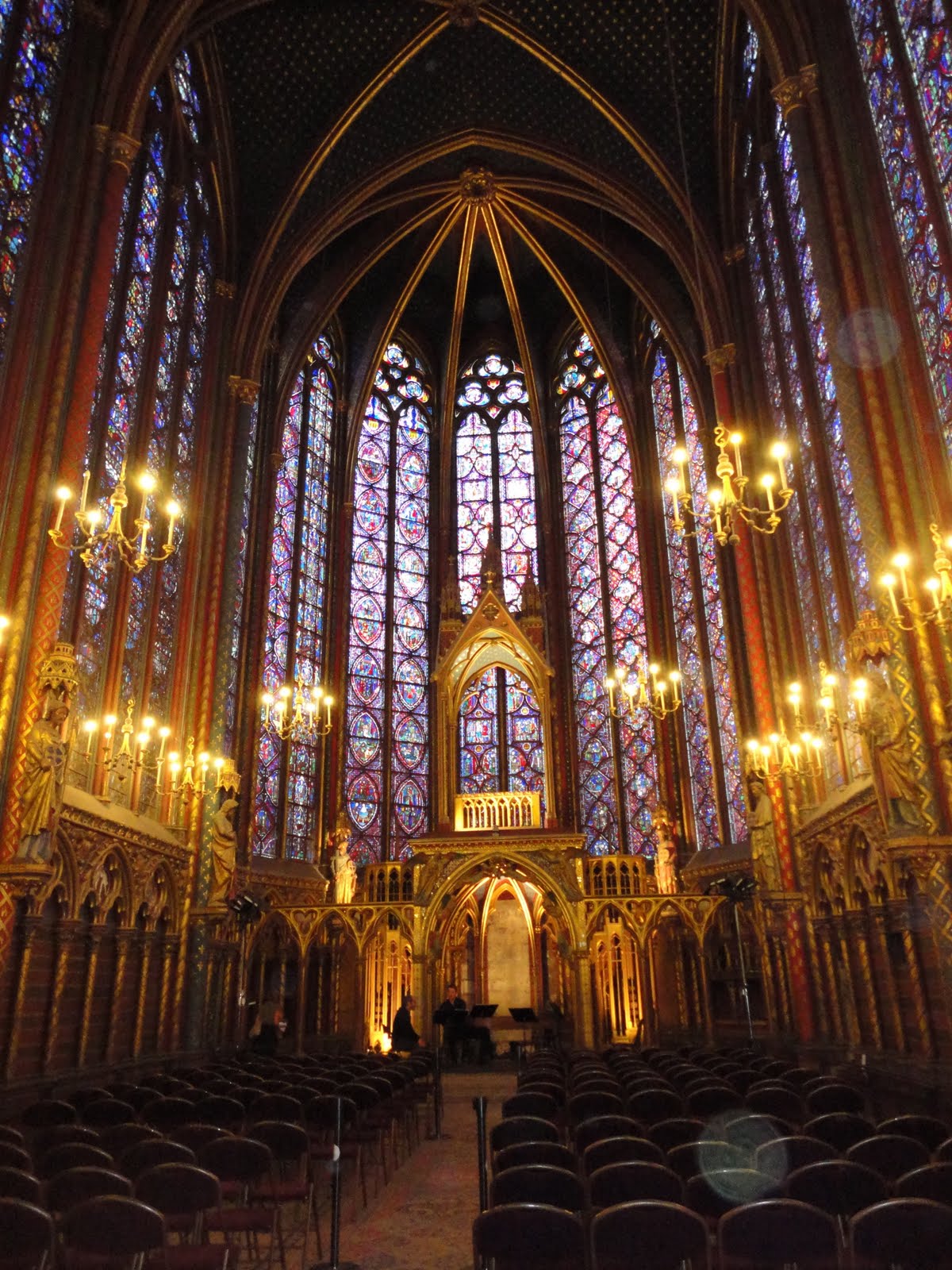
內部
巴黎腭教堂是為了容納一個聖物箱而建造的,它本身就像一個內部翻轉的珍貴聖物(內部裝飾最豐富)。雖然內部由彩色玻璃(見下文)占主導地位,但其餘牆面和拱頂的每一寸都有豐富的色彩和裝飾。對剩餘油漆碎片的分析表明,原始顏色比19世紀修復者所青睞的顏色要亮得多,並且會更加深入到彩色玻璃的顏色。 dado拱廊的quatrefoils塗有聖徒和烈士的場景,並塗有彩繪和鍍金玻璃,模仿利摩日琺瑯,而豐富的紡織品掛飾增添了內部的豐富性。
在dado層上方,安裝在分隔大窗戶的簇狀軸上,有12個大於實物大小的雕刻石像,代表12個使徒(其中6個是複製品 – 受損的原件現在在MuséeduMoyen時代)。每個人都帶有一個標有神聖十字架的盤子,這些十字架傳統上標記在教堂的柱子上。教堂北面和南面的壁龕是國王和他母親卡斯蒂利亞的布蘭奇的私人場所。
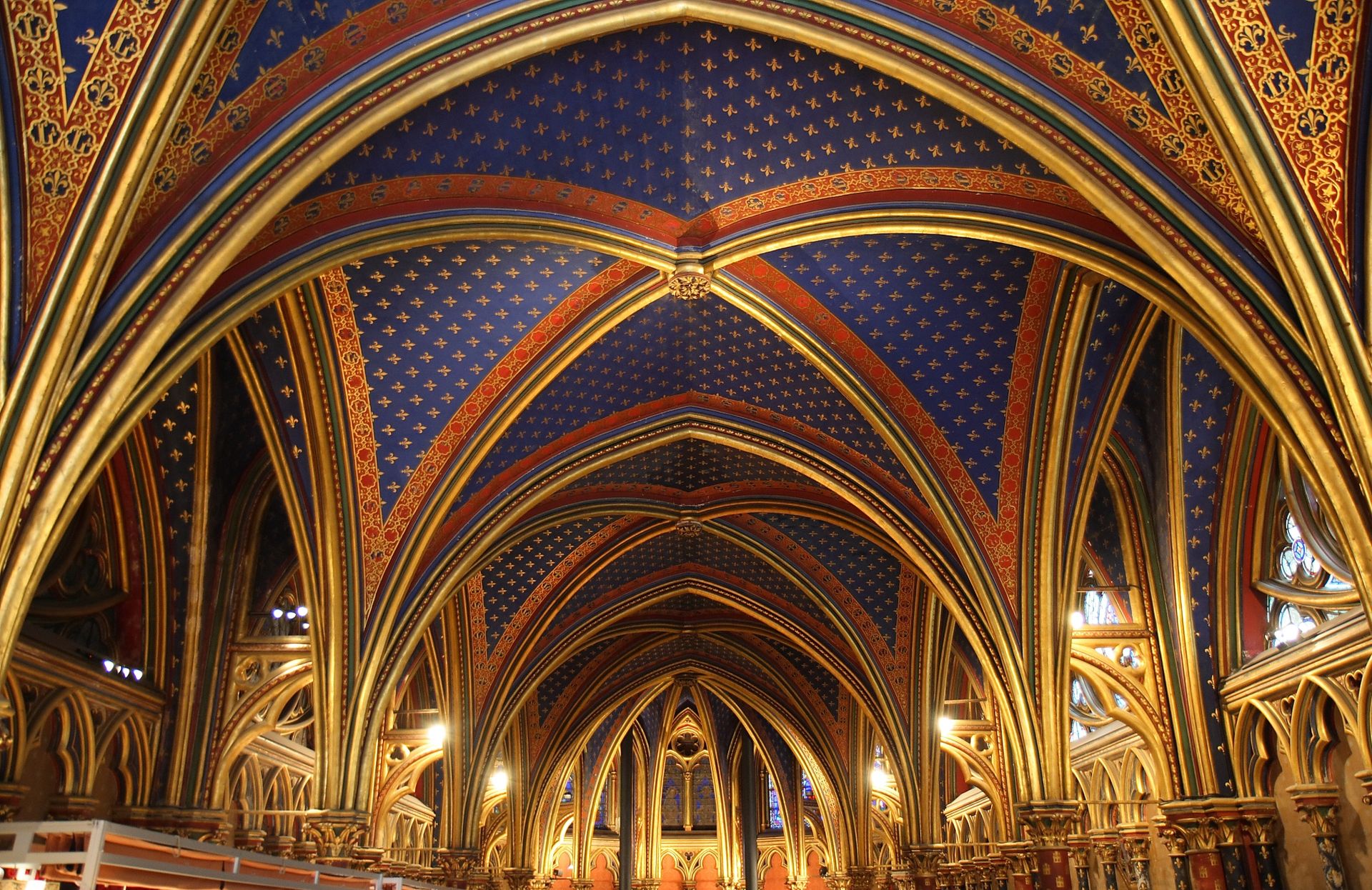
Stained glass
The most famous features of the chapel, among the finest of their type in the world, are the great stained glass windows, for whose benefit the stone wall surface is reduced to little more than a delicate framework. Fifteen huge mid-13th-century windows fill the nave and apse, while a large rose window with Flamboyant tracery (added to the upper chapel c. 1490) dominates the western wall.
彩色玻璃
這座教堂最著名的特色是世界上最好的教堂,它們是巨大的彩色玻璃窗,為了它的好處,石牆表面被簡化為一個精緻的框架。 十五世紀中期十五個巨大的窗戶填滿了教堂中殿和後殿,而一個帶有華麗花紋的大型玫瑰窗(加入上部教堂,1490年)佔據了西牆。
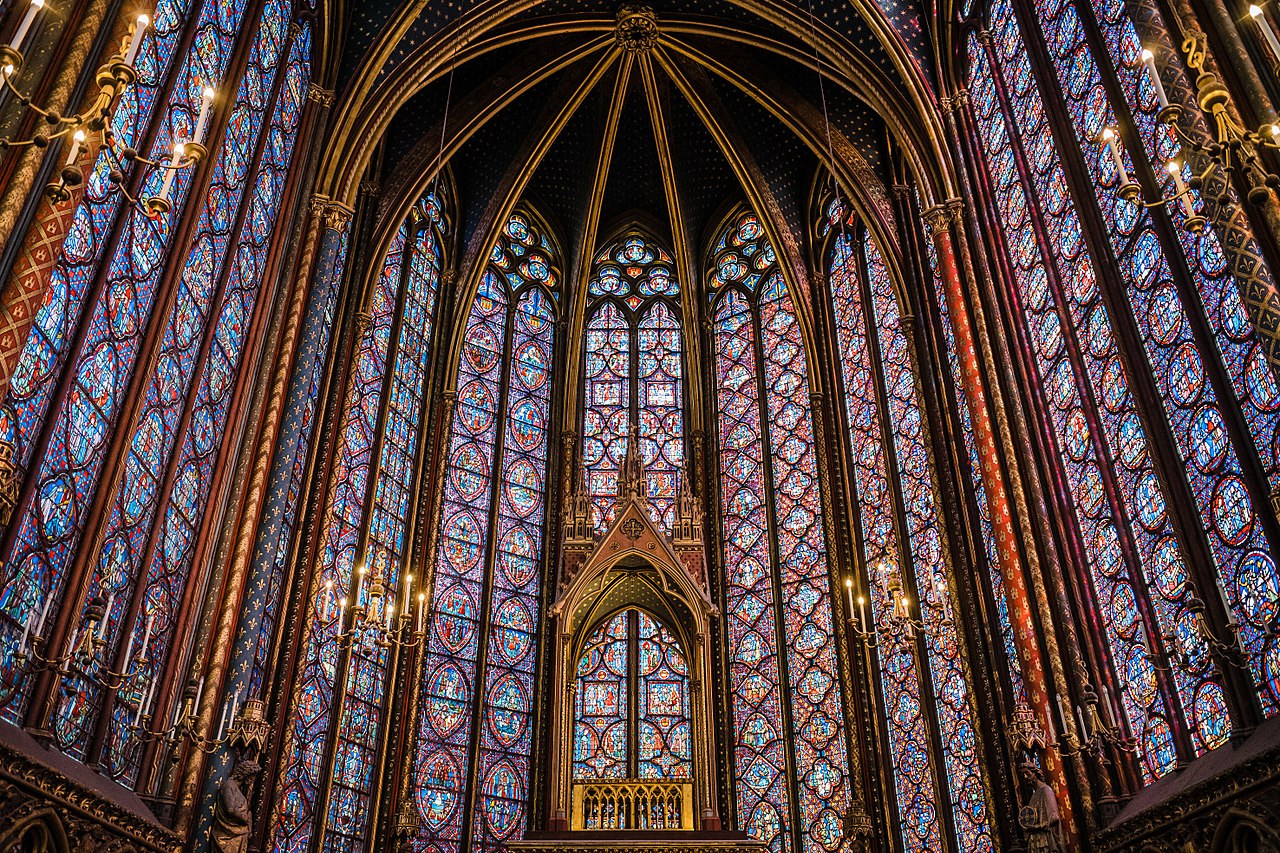
Despite some damage the windows display a clear iconographical programme. The three windows of the eastern apse illustrate the New Testament, featuring scenes of The Passion (centre) with the Infancy of Christ (left) and the Life of John the Evangelist (right). By contrast, the windows of the nave are dominated by Old Testament exemplars of ideal kingship/queenship in an obvious nod to their royal patrons. The cycle starts at the western bay of the north wall with scenes from the Book of Genesis (heavily restored). The next ten windows of the nave follow clockwise with scenes from Exodus, Joseph, Numbers/Leviticus, Joshua/Deuteronomy, Judges, (moving to the south wall) Jeremiah/Tobias, Judith/Job, Esther, David and the Book of Kings. The final window, occupying the westernmost bay of the south wall brings this narrative of sacral kingship right up to date with a series of scenes showing the rediscovery of Christ’s relics, the miracles they performed, and their relocation to Paris in the hands of King Louis himself.
儘管有一些損壞,窗戶顯示清晰的圖像程序。東方後殿的三個窗口說明了新約聖經,其中包括“激情(中心)與基督的嬰兒”(左)和“福音傳教士約翰的生活”(右)的場景。相比之下,教堂中殿的窗戶由舊約的理想王權/王權的典範主導,明顯向他們的皇室贊助者點頭。這個循環始於北牆的西部海灣,其中包括創世記(重建)的場景。教堂中殿的下十個窗口順時針順時刻出現了Exodus,Joseph,Numbers / Leviticus,Joshua / Deuteronomy,Judges,(移至南牆)Jeremiah / Tobias,Judith / Job,Esther,David和國王之書。最後一扇窗口占據了南牆的最西邊的海灣,帶來了這個骶骨王權的敘事,其中包括一系列場景,展示了基督遺物的重新發現,他們所表現的奇蹟,以及他們在路易王國手中搬遷到巴黎本人。
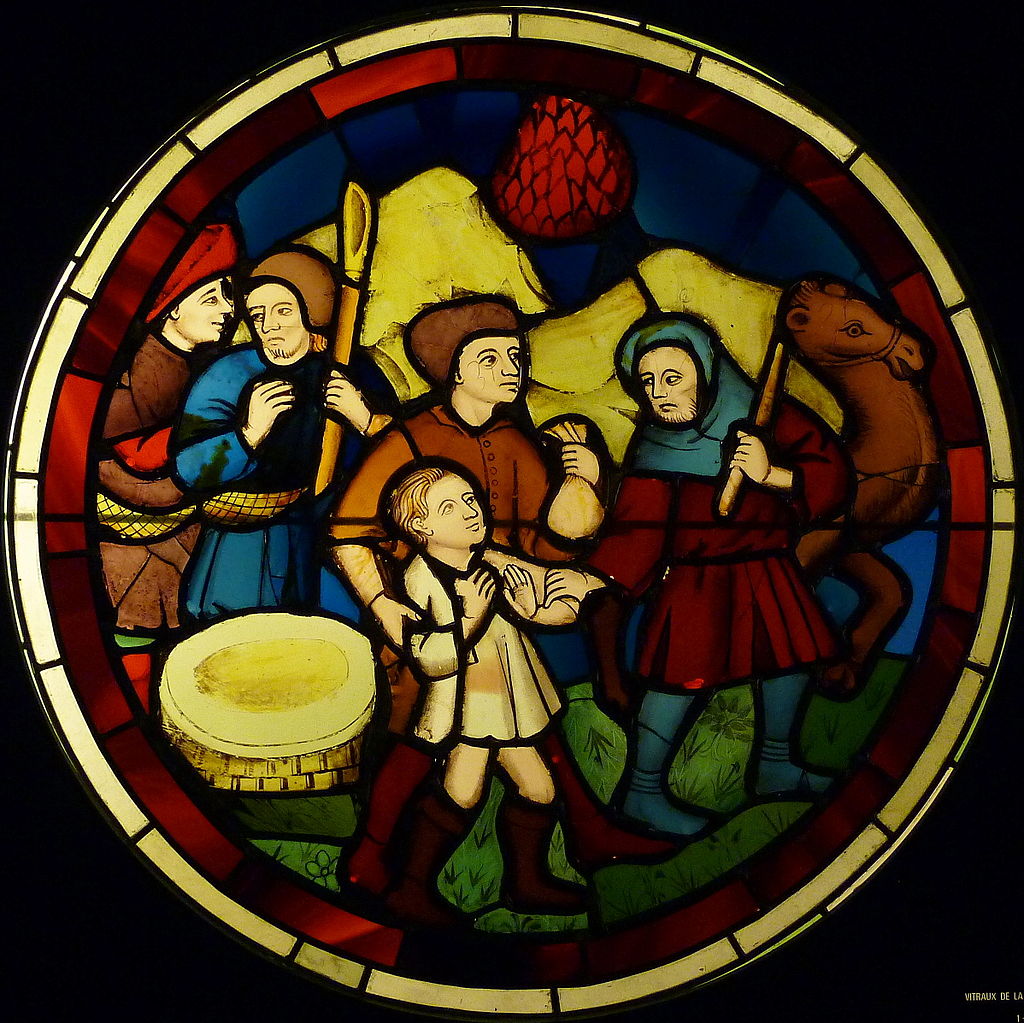
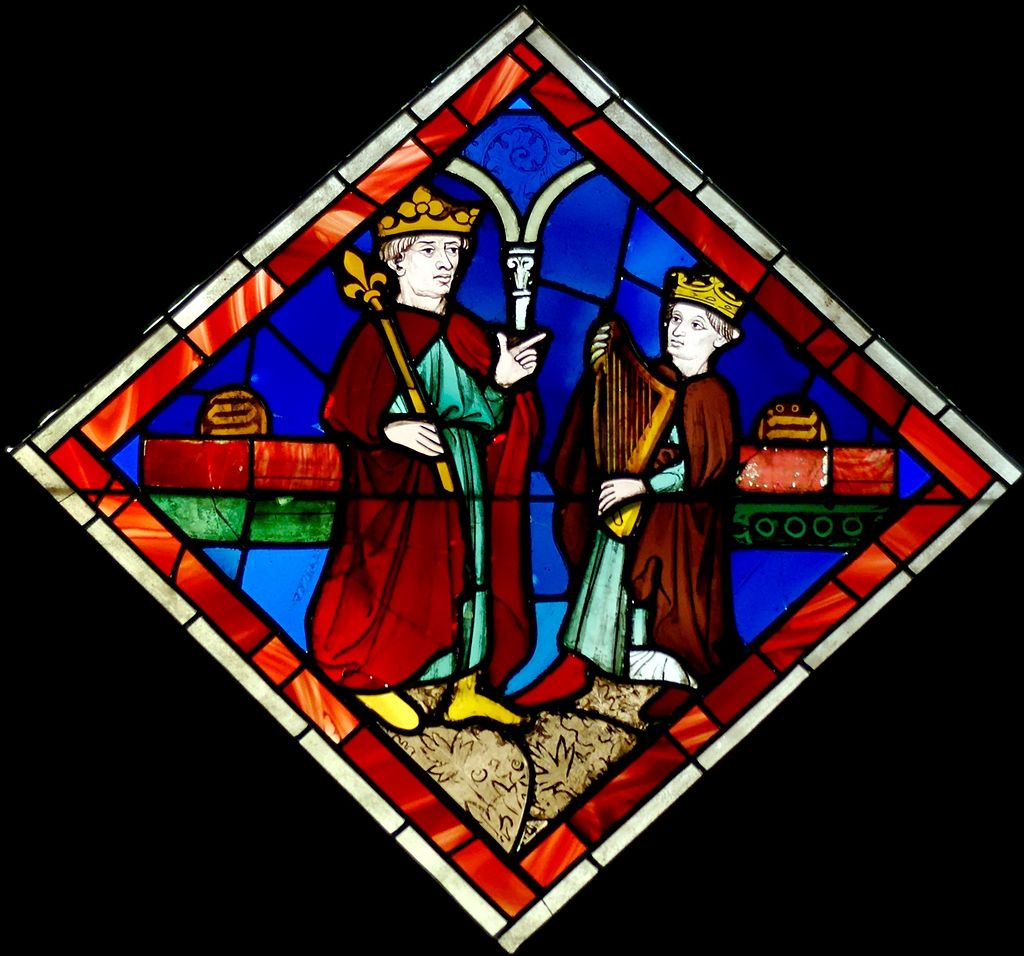
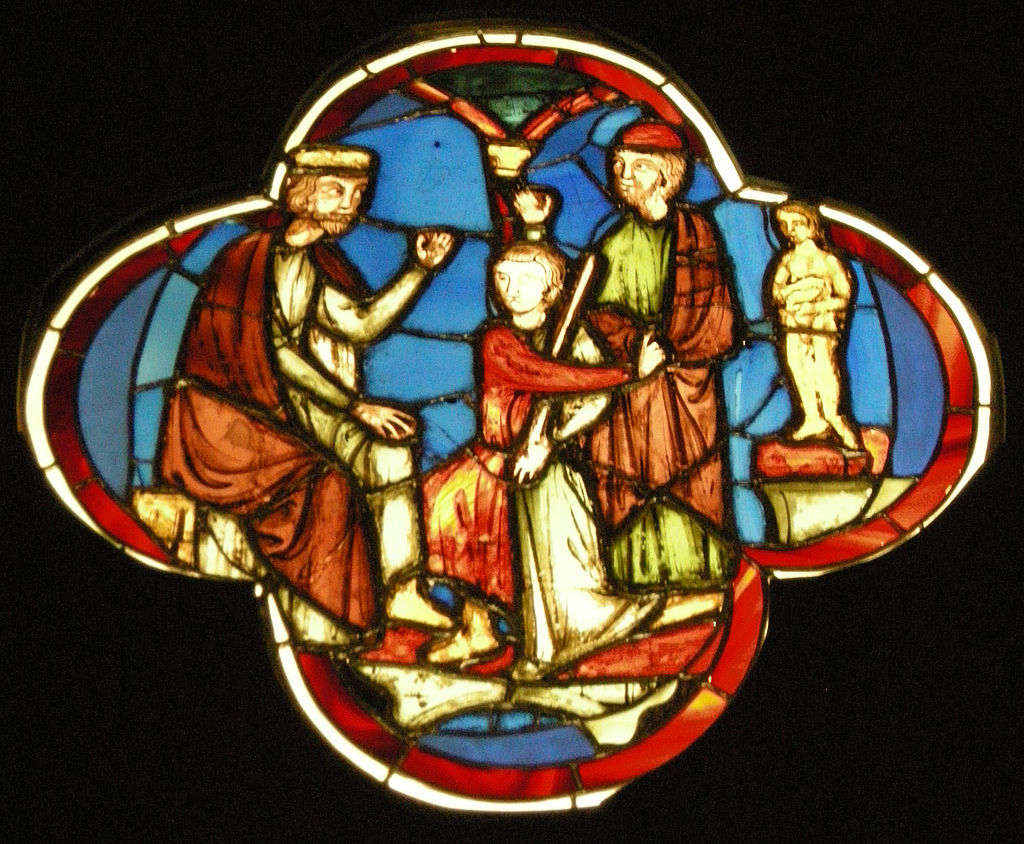
FROM:Paris – Sainte – Chapelle
Don’t you think it’s addictive?
Want to know more about the beauty of architecture?
Come and join our members to explore the beauty of architectural design.
覺得看得不過癮嗎?
想要知道更多建築之美嗎?
快來加入我們的會員,一同探索建築設計之美。
The above article is purely for appreciation and sharing purposes, as well as the construction of new technology and the public can be in-depth understanding of the information at the same time there are sources, will be able to query, no use of the document as a commercial transaction, if illegal, please inform the We will immediately remove the site, thank you for cooperation.
以上文章純粹作為欣賞及分享用途,以及將建築新型技術傳遞給與大眾能夠深入了解,同時資料還有來源,將可查詢,絕無使用該文件資料作為商業交易行為,如有違法請務必告知該網站我們將立即處理撤除,謝謝合作。

